Teals independents riding the apartment wave in Goldstein and Kooyong
Rising apartment living is changing voting demographics and helped the teal independents claim victory in formerly blue ribbon Liberal seats.
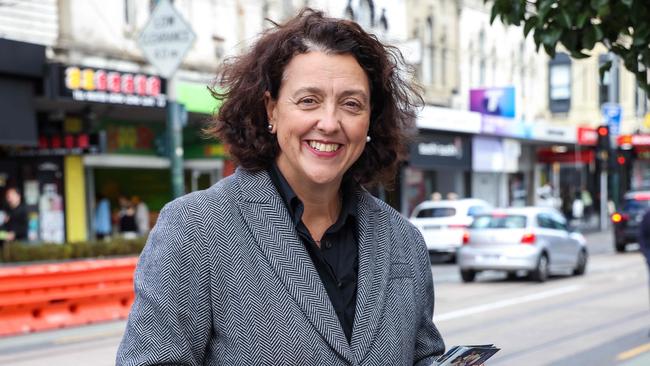
Rising apartment living is changing voting demographics and helped the teal independents claim victory in the formerly blue-ribbon Liberal seats of Goldstein and Kooyong.
The replacement of freestanding houses with apartments and units has brought an increasing number of young, middle-income professionals whose votes skew towards the Climate 200-backed independents, the Greens and Labor.
The new voters are replacing older and wealthier residents who are more likely to vote for Liberal candidates.
Data from realestate.com.au shows 38 developments – with potentially 100 apartments apiece – have been listed in both Kooyong and Goldstein between 2018 and 2021.
In Kooyong – won by Monique Ryan from then federal treasurer Josh Frydenberg – about a quarter of all real estate listings in 2020 were for new construction apartments, units and flats. In 2018, it was 6.73 per cent, 2019 11.7 per cent and 18.8 per cent in 2021.
In Goldstein – won by Zoe Daniel from former Liberal MP Tim Wilson – 1.35 per cent of real estate listings in 2018 were for new construction apartments, units and flats.
This number rose sharply to 16.2 per cent in 2019 and 16.92 per cent in 2020 before falling slightly to 9 per cent in 2021.
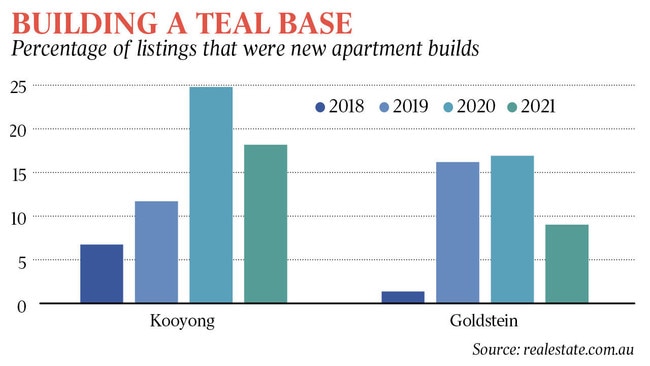
PropTrack economist research director Cameron Kusher said the new developments had brought potentially thousands of new people into the two seats since the 2019 election.
“The people that could come into the electorate could have very different voting preferences to people (who) currently live in the electorate,” he said, adding that not every apartment block listed would have been completed before it was sold.
RedBridge director Kosmos Samaras – whose polling company undertook research for the Climate 200 candidates – said Kooyong and Goldstein would have historically been dominated by three-bedroom houses costing at least $2m.
“The increase of smaller but more affordable apartments is having possibly a greater impact on the political landscape than most people appreciate,” said Mr Samaras, a former campaign director for Victorian Labor.
RMIT emeritus professor of environment and planning Michael Buxton said the increased proportion of apartments and units over houses had a two-fold impact on the voting population in a seat. As well as new apartments bringing in younger voters who tended to skew to the left, the demolition of houses changed the character of neighbourhoods as the increasing population reduced access to amenities, which fostered resentment.
Professor Buxton said about 8000 new apartments a year were built in Melbourne’s middle-ring suburbs while pre-Covid about 30,000 dwellings were knocked down each year, roughly 9000 of which were period houses.
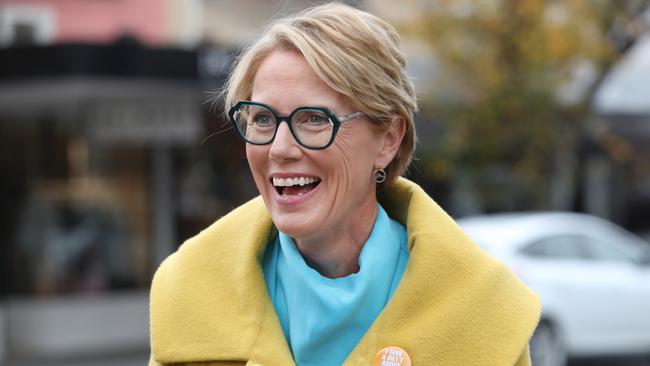
“I think land and town planning factors are a really important contributor to changing voting patterns,” he said. “I’m amazed that political parties just don’t seem to recognise this.”
Former Victorian Liberal senator Richard Alston said the character of Kooyong and Goldstein had changed considerably over the past decade but said catering to middle and working-class values remained the Liberal Party’s strength.
“I think it’s largely because people identify with us as interested in their issues, which are jobs, incomes, families,” he said, adding the party faced a battle to reclaim the formerly blue ribbon seats.
“If you’ve got young, unattached people as a large voting cohort, they don’t have those views necessarily. They’re still at an idealistic stage,” he added.
Australian Development Strategies founder John Black said long-term data showed the number of freestanding homes was frozen if not in decline.
“The new additional housing that is coming in – and this has been going on since at least 2006 – has overwhelmingly been semi-detached or units,” he said.
“They are being occupied by a different demographic to the traditional residents of those areas, there’s no doubt about that.”
Simon Kuestenmacher, from the Demographics Group, said suburbs grew through apartments – not houses – because of the finite supply of land.
“Apartments would be occupied by people on the lower end of the income spectrum,” he said.
“The reason why those electorates can’t build massive new housing stock for the rich folks is because there’s not enough land.”
The other seats won from the Liberals by the independents – including Wentworth, Mackellar, North Sydney and Curtin – have had less new development.


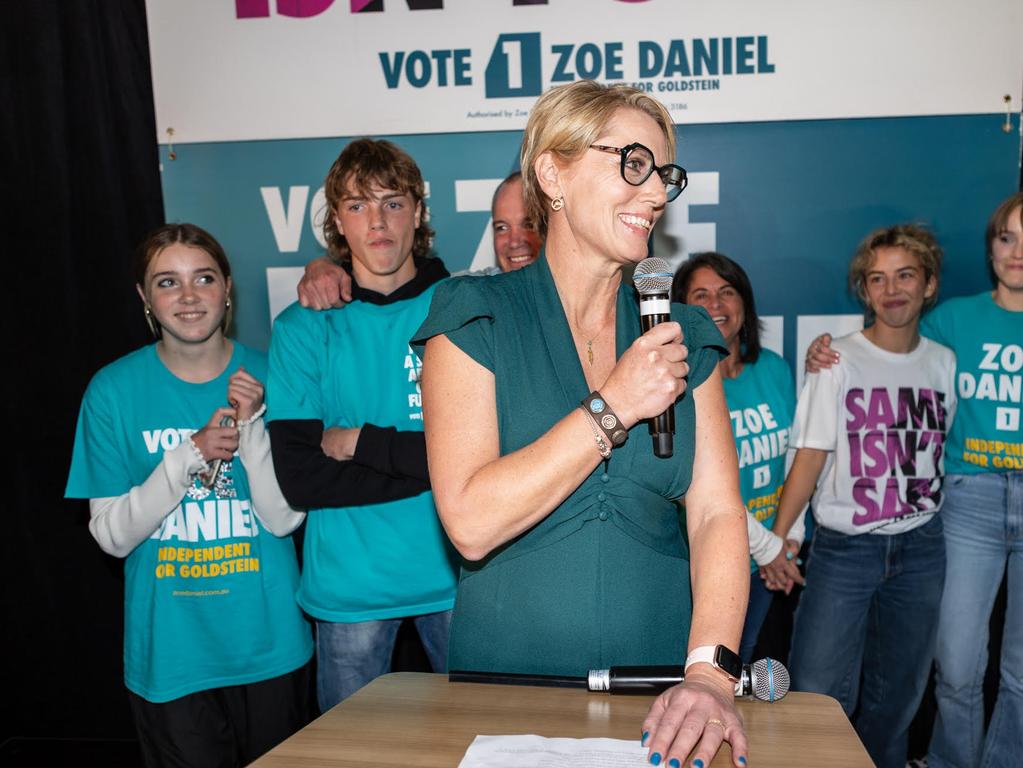

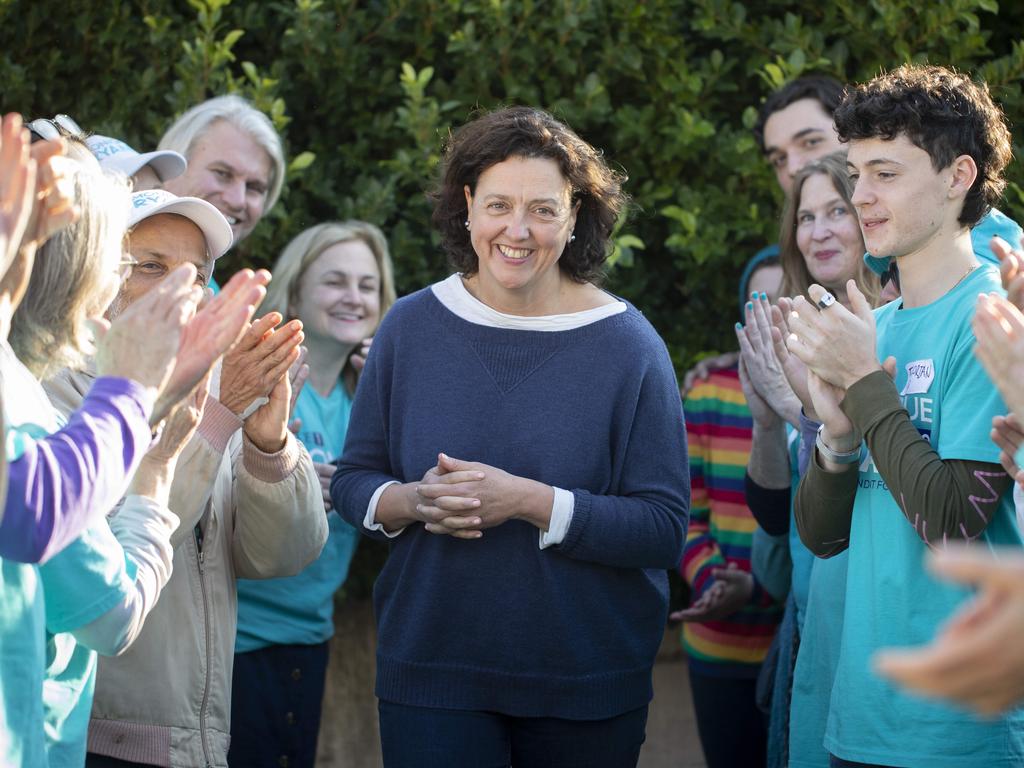
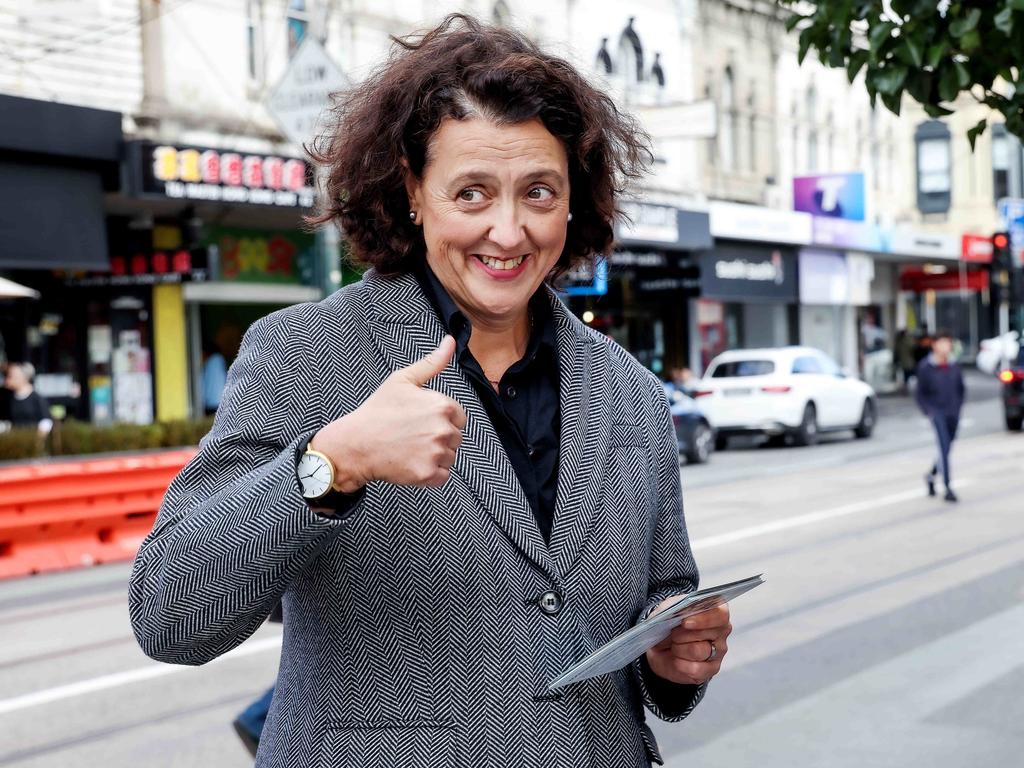


To join the conversation, please log in. Don't have an account? Register
Join the conversation, you are commenting as Logout